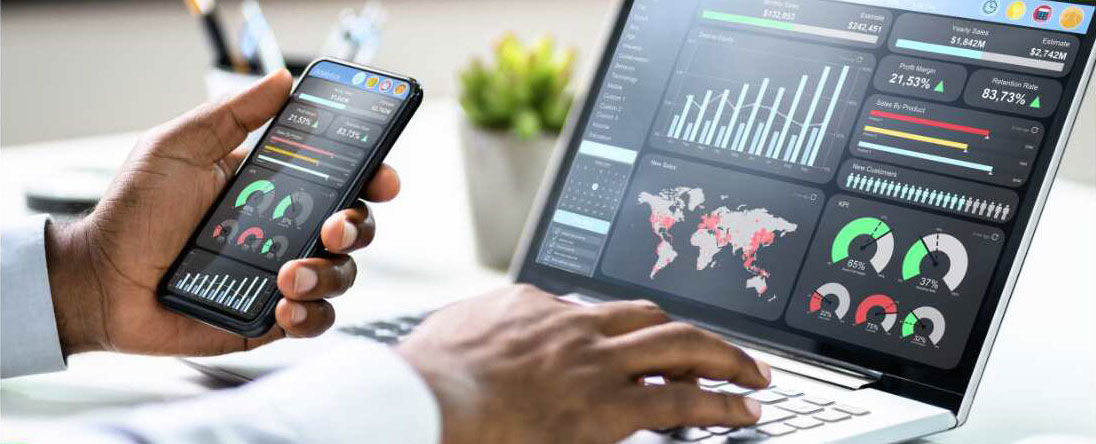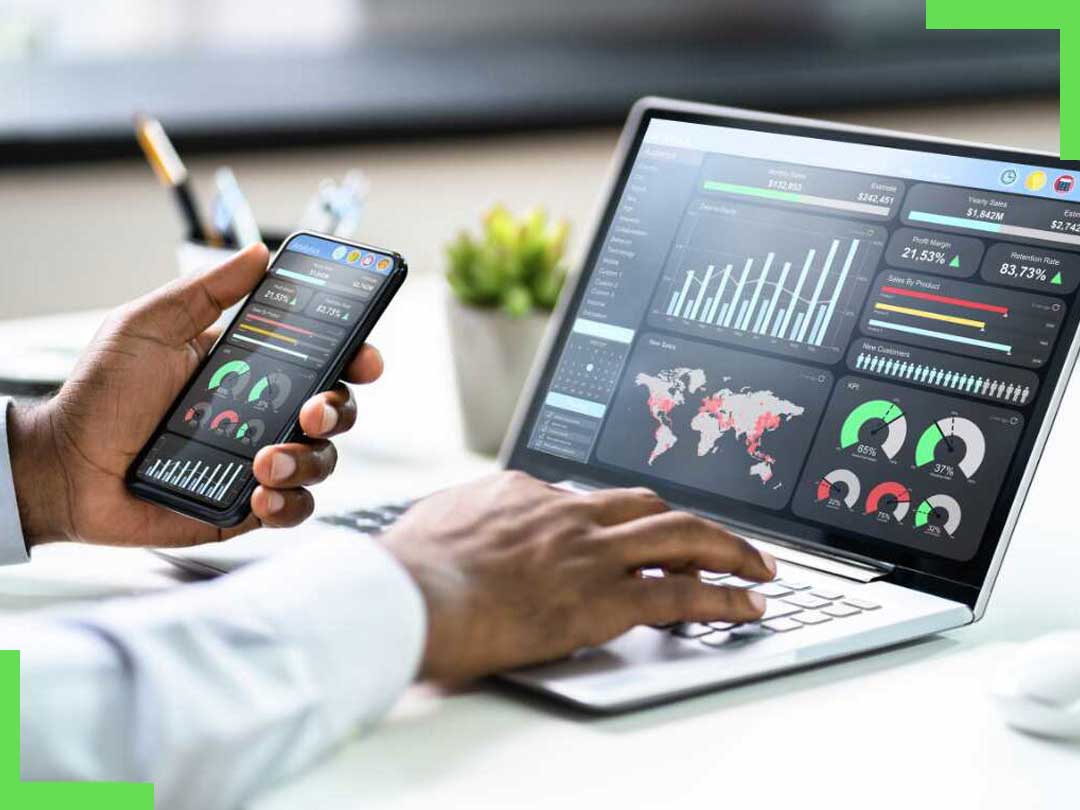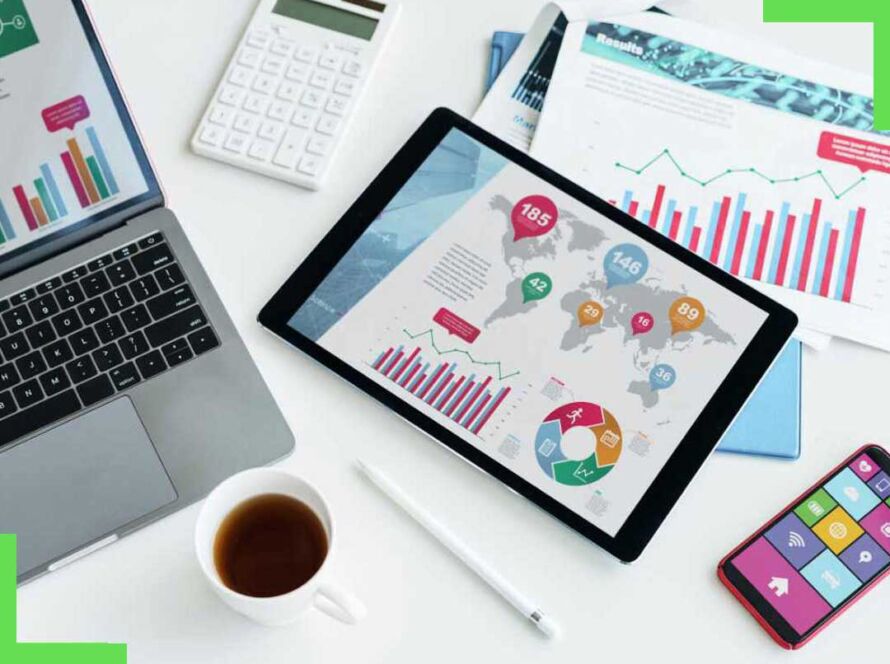
Performance marketing channels are scrutinised down to every last penny, and many marketers still struggle to prove the value of brand campaigns. Unlike direct response advertising, brand-building doesn’t always lead to an instant click, form fill, or purchase. Instead, it shapes perceptions, influences decisions over time, and strengthens customer loyalty.
There are many reasons why you might be activating brand campaigns. Maybe you’re launching a new brand, repositioning your existing brand, undertaking a new CSR initiative or new sponsorship, or maybe you just want to recruit the best talent. Your motivation might be to:
- Build Awareness: Make more of the right people know you exist.
- Shape Perception: Position your firm as credible, trustworthy, innovative, premium… whatever your USP is.
- Drive Consideration: Stay top-of-mind so prospects think of you first when they’re ready to buy.
- Support Sales & Lead Gen: A strong brand makes performance marketing cheaper and more effective.
- Command Premium Pricing: Trusted brands can charge more than generic competitors.
- Build Customer Loyalty: People stick with brands they know and trust, increasing lifetime value.
- Attract Talent & Partners: A strong brand draws better staff, investors and partners.
- Future-Proof Growth: Brand equity helps firms survive market shocks and outperform competitors long term.
So, how do you measure something so intangible and report a credible ROI to your board or clients?
The good news is, it is measurable, as long as you align clear goals with the right metrics and measurement frameworks. In this guide, we break down how to measure the ROI of your brand campaigns, step by step.
Why Measuring Brand ROI Matters
Brand campaigns, whether a new positioning launch, rebrand, thought leadership push, or high-impact awareness advertising, often involve significant budgets. Without robust measurement, they’re vulnerable to budget cuts when times get tight.
McKinsey reports that companies with strong brands outperform the market by 73%. Strong brands command higher margins, attract talent, and lower customer acquisition costs over time. But these benefits need to be quantified, not assumed.
1. Start With Clear Objectives
Before you plan how to measure your brand campaign, revisit why you’re running it. What business problem are you solving? Typical brand campaign goals include:
- Boosting brand awareness: reaching new audiences or markets
- Improving brand recognition: becoming top-of-mind when customers are ready to buy
- Changing brand perception: repositioning for trust, innovation, or relevance
- Growing share of voice: standing out in a crowded market
- Increasing consideration and purchase intent: nudging prospects closer to conversion
Pro tip: Always make your objectives SMART (Specific, Measurable, Achievable, Relevant, Time-bound). For example: “Increase unaided brand awareness from 15% to 25% among UK retail investors within six months.”
2. Define the Right Metrics and KPIs
You can’t measure ROI without meaningful indicators. Brand measurement should blend quantitative metrics (traffic, search volume, reach) with qualitative insights (awareness, sentiment, recall). Here’s what to track:
A) Brand Awareness
This is the baseline for most brand campaigns. Measure:
- Unaided brand awareness: What % of your target audience names your brand without prompts?
- Aided brand awareness: What % recognise you when shown a list?
- Branded search volume: Are more people Googling your company name?
- Direct website traffic: More people coming straight to your site signals brand strength.
- Social reach & impressions: How many people did you reach organically and paid?
Example: After Monzo’s early campaigns in the UK, Google Trends showed a sustained spike in branded searches — a strong proxy for growing brand recognition.
B) Brand Engagement
Next, see if your audience engages with your content:
- Social interactions: likes, shares, comments, mentions
- Video views: completion rates and average watch time matter more than just clicks
- Website behaviour: repeat visits, time on site, pages per session
Fact: LinkedIn found that B2B brands which invest consistently in awareness see up to 33% higher engagement rates over time.
C) Brand Sentiment
Sentiment tells you how people feel about your brand:
- Social listening: track positive, neutral, or negative mentions
- Net Promoter Score (NPS): Has it improved post-campaign?
- Online reviews: Any noticeable change on Trustpilot, Google or app stores?
Tools like Brandwatch, Meltwater or Sprout Social can help automate sentiment analysis.
D) Consideration & Intent
Here’s where brand meets pipeline:
- Brand lift studies: Run surveys to measure increases in ad recall, favourability, or purchase intent.
- Website lead actions: Increases in demo requests, quote forms, or downloads linked to your campaign.
- Direct response uplift: Do other channels (PPC, email) see improved performance due to stronger brand equity?
E) Financial Impact Proxies
Finally, tie brand health to money:
- Customer Lifetime Value (CLV): Stronger brands can command higher loyalty.
- Cost per Acquisition (CPA): Good brand awareness lowers paid acquisition costs over time.
- Market share: Track changes in market share in your sector post-campaign.
3. Use Robust Measurement Frameworks
Many brands rely on basic before-and-after surveys. While useful, this isn’t enough on its own. Add deeper analysis:
Multi-touch attribution: Platforms like Google Analytics 4 let you see how brand channels (display ads, video, PR) assist conversions, not just close them.
Econometric modelling: For mature brands, marketing mix modelling (MMM) quantifies how much sales lift is due to your campaign, controlling for other factors like seasonality or competitor moves.
Platform lift studies: Google, YouTube, Facebook, and LinkedIn offer brand lift tests — exposing a segment to your campaign and measuring the difference in recall or favourability against a control group.
4. Establish a Pre-Campaign Baseline
Measurement means little without context. Run baseline brand awareness or sentiment surveys before you launch, so you have something to compare against. Also benchmark organic search traffic, direct visits, social mentions, and share of voice.
5. Track Results During and After
Unlike performance ads, brand impact doesn’t stop the day your ads come down. It can take months, even years, for brand equity to translate into stronger sales and lower churn.
Set checkpoints:
- In-campaign: weekly or monthly check-ins on reach, impressions, engagement
- Post-campaign: 3-month, 6-month, and 12-month lifts in awareness, consideration, and sales trends
6. Calculate ROI
So how do you pull all this into an ROI figure?
- Estimate incremental revenue: What uplift in sales, sign-ups or leads can you credibly link to the brand campaign? Attribution modelling, surveys, or MMM help here.
- Calculate the profit: Subtract costs of goods/services sold to find incremental profit.
- Divide by your spend: ROI = Incremental Profit / Total Campaign Cost.
If you can’t tie it directly to revenue, use proxies — like how much you’ve reduced your average CPA, or the lifetime value impact of improved loyalty.
Example: A fintech firm runs a six-month rebrand. Unaided awareness jumps from 12% to 22%. Branded search traffic rises 50%, driving more direct sign-ups with zero paid search cost. Cost per acquisition for paid ads drops 20% because more users search the brand name directly. Over 12 months, this reduces the total paid media spend needed to hit growth targets. That saving alone becomes part of your ROI.
7. Keep Reporting Simple and Story-Driven
Senior stakeholders don’t want an overload of charts. Focus on:
- 3-5 key metrics that align with your original objectives
- Clear before/after comparisons
- Short narrative on the commercial impact
- Visuals convey a lot of information at a glance
Challenges to Watch For
Time lag: Brand equity takes time. Don’t expect immediate sales spikes. So be sure to set expectations with your stakeholders upfront.
External factors: Economic shifts, competitor moves, or PR crises can skew brand perception. Always add context.
Attribution bias: Over-crediting the last click underplays brand’s role in keeping your brand top-of-mind.
Conclusion
Proving the ROI of brand campaigns isn’t an exact science, but it is a discipline. By setting clear goals, choosing the right KPIs, applying robust measurement models, and connecting the dots to business outcomes, you can demonstrate that your brand spend isn’t just a cost but an investment that drives growth over the long term.
In today’s competitive markets, the strongest brands win. And the marketers who measure them properly get to keep (and grow) their budgets.
Need help building a measurement framework for your next brand campaign? Our team can help you plan, execute and report with confidence. Contact us today.
Frequently Asked Questions
Q1: How long does it take to see ROI from a brand campaign?
Brand campaigns usually have a longer lag time than performance ads. Expect to see early signals within 3–6 months, but full commercial impact can take 6–18 months depending on your industry and sales cycle.
Q2: What’s the best tool for measuring brand awareness?
There’s no single tool. Use a mix of brand tracking surveys (YouGov, Kantar, or custom surveys), Google Trends for branded search, and social listening tools like Brandwatch or Meltwater for mentions and sentiment.
Q3: Can small businesses measure brand ROI too?
Absolutely. You don’t need a big budget for econometric models. Even basic benchmarks like direct traffic growth, branded searches, and simple surveys can show how your brand is performing over time.





